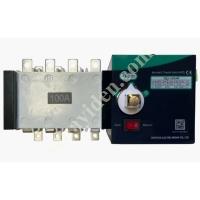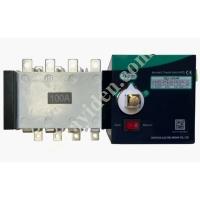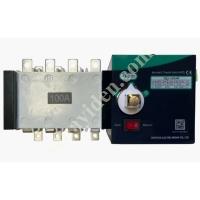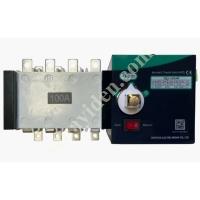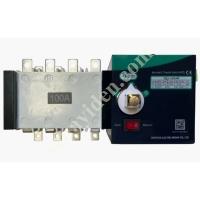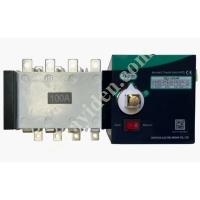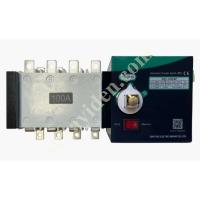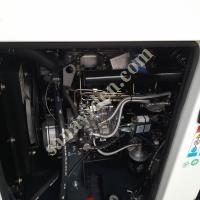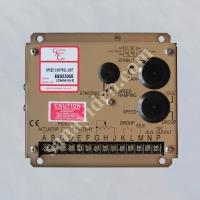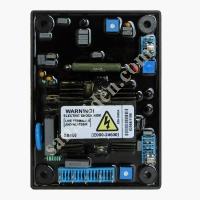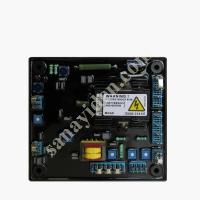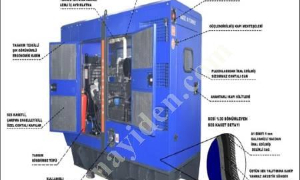
How Generators Work: Overview
Introduction: generators are a critical component of any UX project. They help you create user flows and surfaces, as well as generate feedback on the effectiveness of your design. Generators come in different shapes and sizes, so be sure to choose the right one for your project.
Section entry.
What is a generator?
A generator is a device that helps you generate electricity. Generators come in different shapes and sizes, but they all work the same: they use electricity to turn turbines that produce electricity.
How Does the Generator Work?
The generators in this article work by using a motor to spin the gears that help wind the turbine. This rotates the blades on the turbine, which generates power. The more turbines run, the more power they can generate.
What are the Different Generator Types?
There are three main types of generators: AC generators, DC generators, and fuel-driven generators.
AC generators use alternating current (AC) to generate electricity. They are usually smaller and less expensive than DC generators and are often used for home heating or electricity needs in small towns and rural areas.
DC generators use direct current (DC) to generate electricity. They are more expensive than AC generators but can be used for larger projects with a lot of power requirements, such as factories or homes.
Fuel powered generators use natural gas as the primary fuel source to generate electricity. These generators can be very large or small, depending on how much energy they can produce and how powerful the gas turbine is.
What are the Benefits of Generating Electricity.
Electricity is generated from the energy of natural resources such as coal, oil or gas. The two most common types of electricity are direct current (DC) and alternating current (AC).
Direct current (DC) electricity is used to power lights and appliances, while alternating current (AC) electricity is used in factories, businesses and other large-scale activities. AC can also be used to run fans and computers.
There are several different Generator Types that provide different benefits for your home or business:
GAS GENERATOR: A gas generator produces electricity that you can use to heat or cool your home or office. This is a great option if you don't have access to electrical wires and want to generate electricity without using any fuel.
WIND GENERATOR: A wind generator generates electricity that you can use to power your home or office with wind power. This type of generator is ideal for areas with high winds as it will work well in areas with little sunlight or wind.
FRIENDLY GENERATOR: A friendly generator is sold separately as an add-on for your home or office. These generators produce electricity that you can use directly without using any connections from the outside world. They're perfect for small households that don't want to waste time wiring their homes together.
Different Types of Electricity:
The two most common types of electricity are direct current (DC) and alternating current (AC). However, there are six other types of electricity: direct Current Alternating Current (DC-A), Resistive Direct Current (DCWR), forced air heated AC, hydroelectric power, thermal solar energy, and nuclear electric power.
How to Generate Electricity.
To generate electricity, a generator uses energy from the sun or another source to turn a turbine. The turbine creates a rotational force that drives an electric motor to turn an electric generator. The generator can also be used to generate light, heat or power.
Be sure to follow these simple tips when using generators:
3.1. Connect Generator to Power Outlet
3.2. Use the Correct Voltage and Frequency for Your Region
3.3. Turn off all unnecessary lights before starting the generator
4. Get Enough Electricity to Run the Generator
5. Use the Generator Safely
Chapter 3. Use of the Generator.
4. Get Enough Electricity to Run the Generator
Before starting the generator, make sure you have enough electricity to run it. Look at your electricity bill and see how much electricity you have used in the last month. If you have used less than your monthly average, plug in the generator and wait a few minutes for the electricity to come back on. If you have used more than your monthly average, turn off any unnecessary lights and plug the generator back into the electrical outlet.
5. Use the Generator Safely
©2011 Wolters Kluwer Health Incorporated make sure you do not touch or operate any of the generators unless you are authorized to do so using these tips.
CONCLUSION
If you want to generate electricity, there are a variety of different generators available that can have a significant impact on your business. By understanding the different types of electricity and how it is produced, you can choose the right generator for your needs. a little infoYou can start generating power for your business and see great results in terms of increased sales and reduced energy costs.








